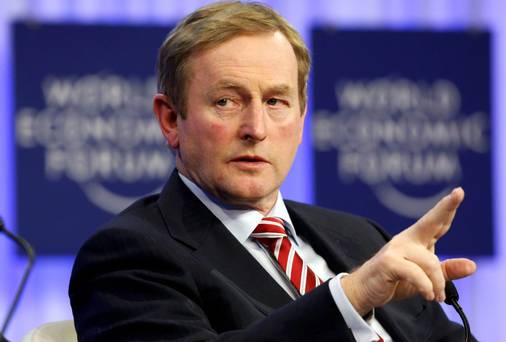Felix M. Larkin
Ireland: The Autobiography – One hundred years in the life of the nation, told by its people
ed. by John Bowman (Penguin Ireland, €25/£20)
Shakespeare’s stage Irishman in Henry V, Captain Macmorris, famously asks “What ish my nation?” He answers his own question with these words: “Ish a villain, and a bastard, and a knave, and a rascal”. This anthology is another attempt to answer that question – by setting before us what the editor, John Bowman, one of our most distinguished broadcasters, calls “glimpses” of “the life of the nation” gleaned from books, journals, newspapers, parliamentary debates, private letters and diaries.
Bowman limits his selection to the century since 1916, and this runs the risk of giving the misleading impression that the Irish nation is coterminous with the independent Irish state – the 1916 Easter Rising being generally regarded as the foundational event of the state. The notion of an Irish nation has, however, a much longer pedigree – back at least to Young Ireland in the 1840s, and perhaps as far back as Shakespeare’s time.
Subject to this caveat, Bowman’s selection of material is eclectic and illuminating. It is bookended by pieces on the 1916 Rising.
The first item in the anthology is a contemporary and not unsympathetic view of the Rising by Monsignor Michael Curran, secretary to Archbishop Walsh of Dublin; the last, a sober assessment by Professor John A. Murphy of the state’s centenary commemoration of the Rising last year.
Murphy concludes his article with the observation that “we are moving away from the fantasy world of ‘the Republic as in 1916 established’” and with the hope that “as further anniversaries pass, the magic (sometimes black) of the Easter Rising will be less seductive”.
There are 166 separate texts in this anthology, and many refer – both positively and negatively – to the Catholic Church in Ireland. Most notable are Bishop Fogarty’s letter in support of Sinn Féin in 1918, in which he rails against “the national degradation of Partition” (then in prospect); two eye-witness accounts in the Capuchin Annual of the 1932 Eucharistic Congress, one of which evokes John McCormack’s rendition of Panis Angelicus as “a triumph of voice and art, but above all it was a prayer”.
Visit
Also included are Kate O’Brien’s affectionate portrait of her Aunt Fan, a Presentation nun; Louis McRedmond’s report for The Tablet of Pope John Paul II’s visit to Ireland, in which he states that the visit highlighted “the real Ireland of hospitality and good cheer and simple commitment to religious practice”; and T.K. Whitaker’s acknowledgement, in Economic Development, that that seminal work was inspired in part by Bishop Philbin’s critique of post-independence Ireland.
Bishop Philbin had written in Studies that “freedom is useful in proportion to the use we make of it… Although our enterprise in purely spiritual fields has never been greater, we have shown little initiative or organizational ability in agriculture and industry and commerce.”
Equally memorable, though more uncomfortable for Catholic readers, are Peter Tyrrell’s memoir of a bleak Christmas at Letterfrack Industrial School run by the Christian Brothers, Enda Kenny’s speech in the Dáil in 2013 on the Magdalen laundries and Kitty Holland’s story of trying to secure a primary-school place for her unbaptised son.
Also included in the anthology is an essay by Maeve Binchy about her loss of faith; she wrote – more in sorrow than in anger – that she “would love to believe it all again, the same way I would like a Tooth Fairy and Santa Claus”.
Bowman says in his introduction that “researching this book involved some surprises for me”. It will involve surprises also for those who read it.
The selection of material is necessarily subjective – Bowman admits that “no such gathering could ever claim to be comprehensive” – but it is an impressive and balanced gathering, reflecting the deep learning and wide interests of the editor.



